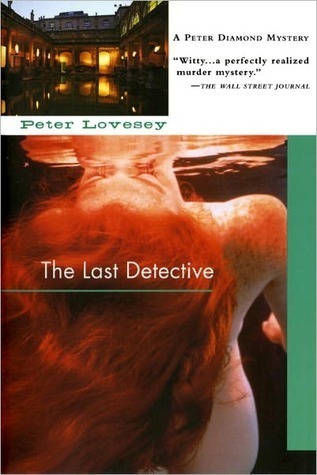What do you think?
Rate this book


368 pages, Paperback
First published January 1, 1991

 The opening scene has a cat-walking elderly lady (I imagined Margaret Rutherford) knocking on a door late evening - she has something to report.
The opening scene has a cat-walking elderly lady (I imagined Margaret Rutherford) knocking on a door late evening - she has something to report.
 Bath Football Club is one of the oldest clubs in existence, having been founded in 1865 by members of Lansdown Cricket Club in Bath (founded 1825) for 'something to do in the winter'
Bath Football Club is one of the oldest clubs in existence, having been founded in 1865 by members of Lansdown Cricket Club in Bath (founded 1825) for 'something to do in the winter'